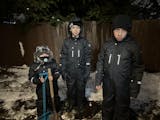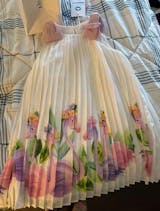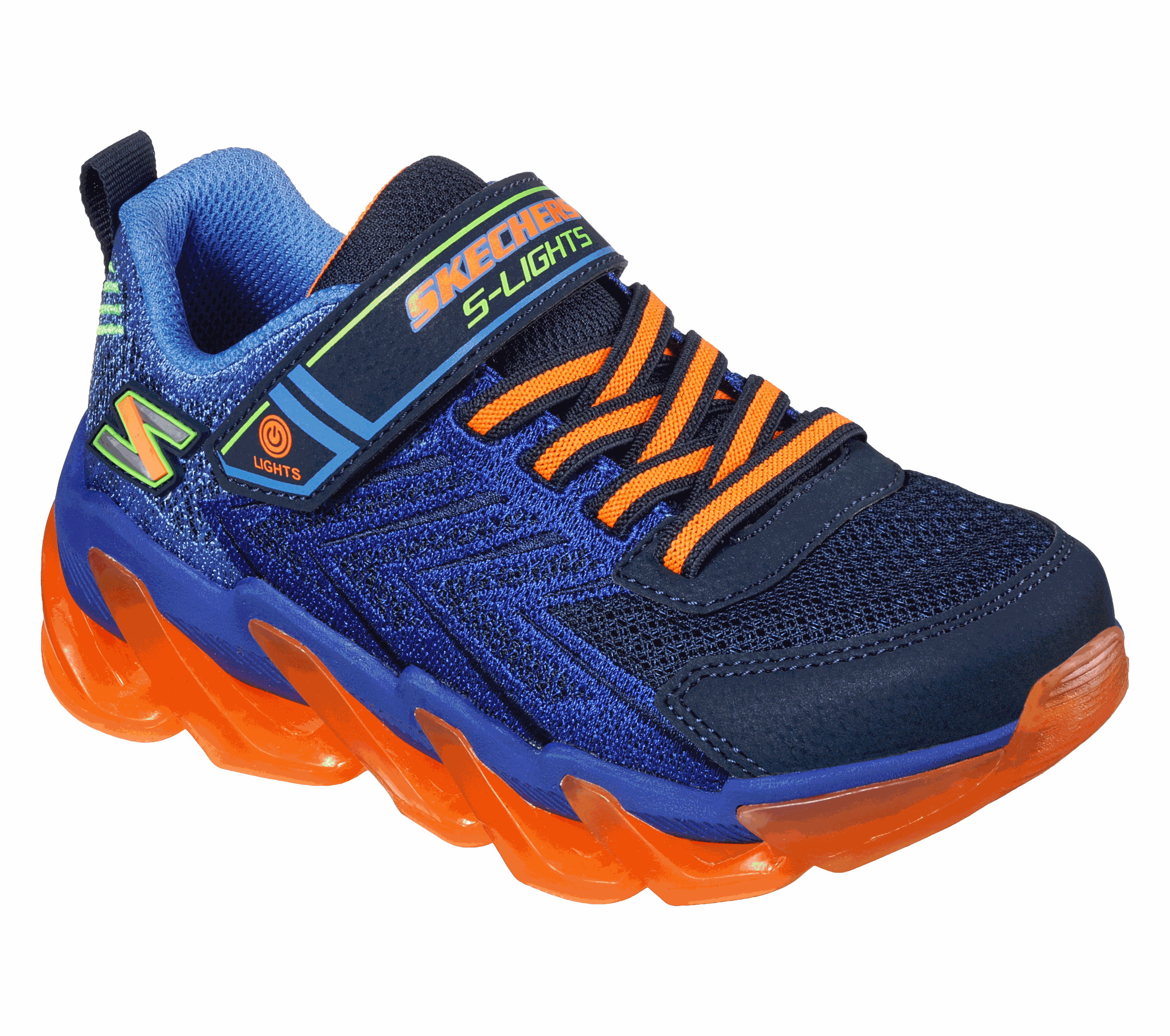Choosing a travel-ready snowsuit for your baby shouldn’t require ten tabs and a weather PhD. If you’re weighing an infant bunting against a one-piece snowsuit, the right choice depends on how you’re traveling (flight vs road), your climate (dry cold vs wet slush), car-seat routines, and how much gear you want to juggle at 6 a.m. airport security. This guide translates features into real-world wins—so you can pack once, keep baby comfy, and actually enjoy the trip.
Ready to gear up? Shop now with secure checkout, fast US/CA shipping, and easy returns. Low stock in popular baby sizes—order online today.
Quick Picks (so you’re not packing at midnight)
-
For warm, stroller-friendly travel and easy buckles: explore our curated Baby One-Piece Snowsuits with low-bulk warmth and smooth linings perfect for airport changes.
In stock and ready to ship across the US & Canada. Buy now to secure your size before that surprise cold snap.
Know Your Options: What’s an Infant Bunting vs a One-Piece Snowsuit?
Before you decide, let’s get clear on terms you’ll see on tags and product pages.
Infant bunting (a.k.a. bunting bag, pram bunting)
A soft, often footed, one-piece outer layer designed for stroller naps and quick carry-to-car hops. Many come with fold-over hand/foot flaps. Buntings tend to use thinner, compressible insulation and smooth liners that feel pajama-cozy. They’re not all the same—some are very puffy (great for the stroller but risky under a car-seat harness), while others are deliberately slim for buckle safety.
Where bunting shines
-
Seamless nap transitions in the stroller/carrier
-
Fast on/off in terminals and rest stops
-
Soft feel babies tolerate (no “too crunchy” complaints)
One-piece snowsuit (a.k.a. pram suit, one-piece snowsuit)
A more weather-armored outer layer tuned for real winter: low-bulk insulation that’s comfort-tested around −20°C(−4°F), wind blocking, and waterproof/breathable shells. It closes drafts at the waist because—good news—there isn’t one. Great for outdoor time at the destination, and for windy walk-to-gate or bus-stop situations.
Where a one-piece snowsuit shines
-
Draft-proof warmth for actual outdoor time
-
Better slush resistance (taped seams/treated shells)
-
Keeps snow from sneaking in during sits, crawls, or stroller buckles
Quick takeaway: If your trip is car-seat heavy, indoors-to-car-to-indoors, a slim infant bunting plus blankets and smart layering can be easier. If you plan to spend real time outside (sightseeing, winter markets, walks), a one-piece snowsuit is the safer bet against wind and wet.
The Travel Matrix: Road Trip vs Flight vs City Walking
Different trips reward different gear choices. Use this matrix to decide in minutes.
Road Trip (you control climate and stops)
-
Car-seat safety first: the harness must lie snug against the body. That means no bulky outerwear under the straps.
-
Best move: dress baby in thin base + light mid, buckle first, then add warmth over the straps (blanket, car shawl). For outside moments (gas, scenic photo), slip on a slim infant bunting or the one-piece snowsuit over the base as needed.
-
Why not puffy in the seat? Puffy compresses in a crash → dangerous slack. Choose a slim car-seat-friendly option if you’ll keep it on.
Flight (crowds, drafts, security, long sits)
-
Airport layers rule: cold jetways, stuffy cabins—temperature swings are the norm.
-
Best move: a low-bulk one-piece snowsuit with smooth lining for quick changes plus a thin bunting or blanketfor naps. You’ll unzip during boarding and re-zip while deplaning.
-
Carry-on kit: extra base layers, spare socks/mitts, and a compact blanket that doubles as a nursing cover. Keep a gallon bag for wet items.
City Walking (wet sidewalks, wind tunnels, winter markets)
-
Best move: a weather-armored one-piece snowsuit if you’ll be outside more than 15–20 minutes at a time, especially in wind.
-
In coastal rain/slush: pair breathable warmth with a stroller rain cover or a dedicated rain shell approach on milder days.
Car-Seat Safety (Non-Negotiables You’ll Be Glad You Followed)
The short version: bulk under the harness is a no. You’ve got three safe options:
-
Choose a slim car-seat snowsuit: thin, warm, compressible, designed to maintain strap tightness.
-
Buckle then warm: base + thin fleece, buckle snug, then add a blanket or the open coat over the straps.
-
Warm the car first when possible; stash a dedicated car blanket in the trunk.
Why this matters on trips: tired, rushed travel makes shortcuts tempting. Build your system before you go, practice once at home, and you won’t be that family in the parking lot wrestling a puffy at midnight.
Layering That Works in Terminals, Rest Stops, and Hotel Lobbies
Baby comfort is a thermostat, not a switch. Keep layers soft and low-bulk so they slide under outerwear and peel off without tears.
-
Base: moisture-wicking long underwear or soft, tagless sleepwear. On deep-freeze mornings, many parents use comfy Pajamas as a base because babies already love the feel (and you’ll get fewer protests).
-
Mid: thin fleece cardigan or a soft hoodie that adds warmth without bulk; see Sweaters & Hoodies for mid-layers that don’t bind under suits.
-
Outer: bunting or one-piece snowsuit chosen for the day’s plan (indoors-heavy vs outdoors-heavy).
Pro tip: pre-stage one extra base and mid in a side pocket so blowouts and spit-ups don’t derail boarding.
Warmth, Waterproofing, Breathability: What Actually Matters in Motion
-
Low-bulk insulation (comfort near −20°C) keeps baby warm without turning buckles and straps into a struggle.
-
Waterproofing matters most in slush: stroller splash, curbside puddles, and blowing sleet. Taped seams and storm flaps stop seepage that chills babies fast.
-
Breathability prevents the sweat-chill cycle when you wheel into a warm terminal right after a windy walk.
-
Wind blocking is your unsung hero—look for a face fabric or membrane built for gusts.
Bottom line: if your destination forecast is wind + wet, lean one-piece snowsuit. If it’s mostly car seat + indoors, lean slim bunting plus smart blankets.
Fit & Sizing for Travel (Get It Right, Pack Less)
-
Don’t size up “for two years.” Oversized suits break the heat seal and bunch in the seat or stroller.
-
Look for grow features: fold-over cuffs, gentle stretch, and extendable hems that buy you a half-size for later in the season.
-
Smooth linings ≫ grabby liners: smooth slides over footed pajamas and mid-layers without turning sleeves inside out.
-
Check the travel moves: buckle test in the car seat (no bunching at the crotch), stroller recline, and babywearing fit if you use a carrier under the suit.
Packing List (Carry-On & Checked) — Copy This, Pack in 10 Minutes
On-Body / Boarding Outfit
-
Base layer (or soft pajamas) + thin fleece mid
-
Chosen outer: infant bunting for car-seat days; one-piece snowsuit for outdoor days
-
Beanie, mitts (clip-able), booties/socks ×2
Carry-On Cubes
-
2–3 spare bases in zip bags (labeled sizes)
-
1 spare mid layer
-
Compact stroller blanket (works as nursing cover & changing pad)
-
Diapers, wipes, cream in a quick-pull pouch
-
Gallon bags for wet items
-
Fold-flat changing mat
-
Pacifier leash / chew toy (clip to suit so it doesn’t dive-bomb the aisle)
Checked / Trunk
-
Second outer (bring both a bunting and a one-piece snowsuit if forecast swings)
-
Laundry kit: travel detergent pods, mesh bag
-
Tiny repair kit: mini seam tape, a few safety pins, alcohol wipes
-
Hotel-friendly drying: elastic clothesline or a handful of clips for the shower rod
-
Stroller rain cover (doubles as wind block around terminals)
Destination Playbook: Dry Cold vs Wet Slush vs Alpine
Prairie dry cold (big wind, very low humidity)
-
Prioritize wind defense and a one-piece snowsuit for outdoor time.
-
Keep mid layers thin (babies overheat fast when the wind drops).
-
Pack a spare beanie—wind steals heat through damp hats.
Great Lakes / coastal slush (wet + wind)
-
Waterproof/breathable one-piece snowsuit plus a stroller rain cover is a dream combo.
-
Keep a towel at the hotel door for quick cuff/bootie wipe-downs.
-
Rotate mitts; wet hands = sad baby.
Alpine / mountain towns (sun + shade swings)
-
Mornings can be frigid, afternoons mild. Start in one-piece snowsuit, stash a bunting for naps.
-
UV at altitude is sneaky—pack a brimmed beanie and baby-safe sunscreen for cheeks.
The Hotel Routine (Dry, Reset, Repeat)
-
Hang suits unzipped and inside-out for 30 minutes, then flip right-side-out to finish.
-
Use the hairdryer’s cool setting to move air through cuffs (hot can damage certain coatings).
-
Spot-clean first; save machine washes for true messes—DWR lasts longer.
-
Release grow cuffs after drying, not while damp.
The Sibling Factor (Pack Once, Play Together)
Even if this trip is baby-first, siblings need the right kit to avoid “I’m cold” files. Build a simple “big kid” checklist and store it in the same packing cube system.
-
For big-kid setups: see Girls Snowsuits and Boys Snowsuits for recess-proof shells and high-bib pants that actually stay up on sled hills.
-
Share layers smartly: mid-layers can rotate between siblings if you stick to neutral colors and similar sizes.
-
Label twice—airport reunions happen faster when gear is color-coded and named.
When to Choose Bunting, When to Choose a One-Piece Snowsuit (Cheat Sheet)
Pick infant bunting when:
-
The day is mostly car seat → indoors → car seat
-
You need fast on/off in terminals and restaurants
-
Baby naps mostly in the stroller/carrier while you’re moving indoors
Pick a one-piece snowsuit when:
-
You’ll spend 15–20+ minutes outside at a time
-
Wind + wet are on the forecast
-
You want draft-proof coverage with fewer gap points
Hybrid day? Start with base + mid; keep both in the trunk or overhead—use bunting for car seat moments, one-piece for true outdoors.
Mid-Trip Upgrades & Replacements (Because Babies Grow… Overnight)
Trips expose weak links fast: cuffs that wick water, zippers that jam, liners that cling. If something’s not working, upgrade mid-trip rather than muscling through three more days.
Need an everyday outer beyond the snowsuit? Browse [Coats & Jackets] for stroller-friendly warmth when it’s cold but not snow-day territory. Order online with fast US/CA delivery—your future self (and your photos) will thank you.
Troubleshooting (Fast Fixes That Actually Work)
-
Overheating on the plane: unzip the one-piece, switch to blanket over legs; offer sips if age-appropriate.
-
Cold hands: layer thin cotton mitts under fleece mitts; keep a spare pair in your pocket to swap when damp.
-
Foggy stroller cover: wipe with a dry microfiber; keep vents cracked for airflow.
-
Blowout at gate: zip-bagged base layers to the rescue; clean, reseal, replace without unpacking everything.
-
Wet cuffs: squeeze (don’t wring), hairdryer on cool, rotate in a dry spare.
Costs & Value (Why “Cheaper” Can Be Pricier by Day 3)
A budget suit that soaks through on Day 1 or fights every buckle is the expensive option. Value is cost per happy travel day. The levers:
-
Low-bulk warmth → baby tolerates longer stints without tears
-
Waterproof/breathable → fewer outfit changes, warmer naps
-
Wind defense → less heat drained at stops and lines
-
Smooth linings → faster changes (and more sightseeing)
-
Durability → survives luggage belts and sidewalk scrapes
Sustainability & Re-Use (Planet- and Wallet-Friendly)
-
Buy to hand-down: neutral colors and classic patterns resell and share better.
-
Repair, don’t replace: mini seam-grip and patch kits can save a season.
-
Wash less, air more: spot clean + thorough air-dry extends the life of coatings and insulation loft.
FAQs
Is an infant bunting safe in the car seat?
If it’s slim and compressible, and your harness passes the pinch test, yes. Avoid bulky layers under straps; otherwise buckle first, then warm over the straps.
Do I need both bunting and a one-piece snowsuit for travel?
If the forecast swings or you’ll mix car-seat days with real outdoor time, packing both is smart. Otherwise, choose based on your itinerary (indoors-heavy → bunting; outdoors-heavy → one-piece).
How many layers under the outer?
Usually two for deep-freeze (base + thin mid) and one for typical cold (base only). Let the outer’s breathability handle moisture.
What about booties and socks?
Two thin pairs beat one thick pair (trap air without pressure). Check toes at every stop; cold toes = cold baby.
Can I size up for more months of use?
Avoid big jumps. Use grow cuffs and fold-over mitt/bootie flaps for longevity without breaking the warmth seal.
Are rain shells useful in winter?
Yes—on slushy, mild days. Pair fleece under a rain shell or use Rain Suits over a mid layer instead of full insulation.
The 60-Second Decision & Packing Checklist (Print This)
Decide
Mostly car seat & indoors → pack infant bunting, blanket, thin mid
Planned outdoor time → pack one-piece snowsuit with wind/wet defense
Forecast swings → bring both (bunting + one-piece)
Pack
Base layers × 3 (one on, two in carry-on)
Thin mid layer × 2
Outer(s): bunting and/or one-piece
Beanie × 2, mitts × 2, socks/booties × 3
Stroller blanket + rain cover
Zip bags, travel detergent, mesh laundry bag
Mini repair kit, microfiber, spare pacifier leash
Car-Seat Plan
Buckle against the body (no bulky layers)
Add warmth over straps (blanket or open coat)
Practice once at home before travel day
Bottom Line
If your winter trip is mostly car-seat hops and indoor time, a slim infant bunting keeps things fast and fuss-free—buckle safely, then add warmth over the straps. If you’ll be outside in wind or wet (winter markets, city walks, alpine towns), a one-piece snowsuit delivers draft-proof comfort with better weather armor. When in doubt, pack both: bunting for on-the-move naps, snowsuit for outdoor adventures.
Complete your travel kit now: Coats & Jackets for everyday outings, Rain Suits for slushy days, soft Pajamas and cozy Sweaters & Hoodies for base and mid layers, plus big-kid picks for siblings in Girls Snowsuits and Boys Snowsuits.
Everything is in stock and ready to ship with fast US/CA delivery and easy returns. Buy now to secure your size before the next cold front.




























